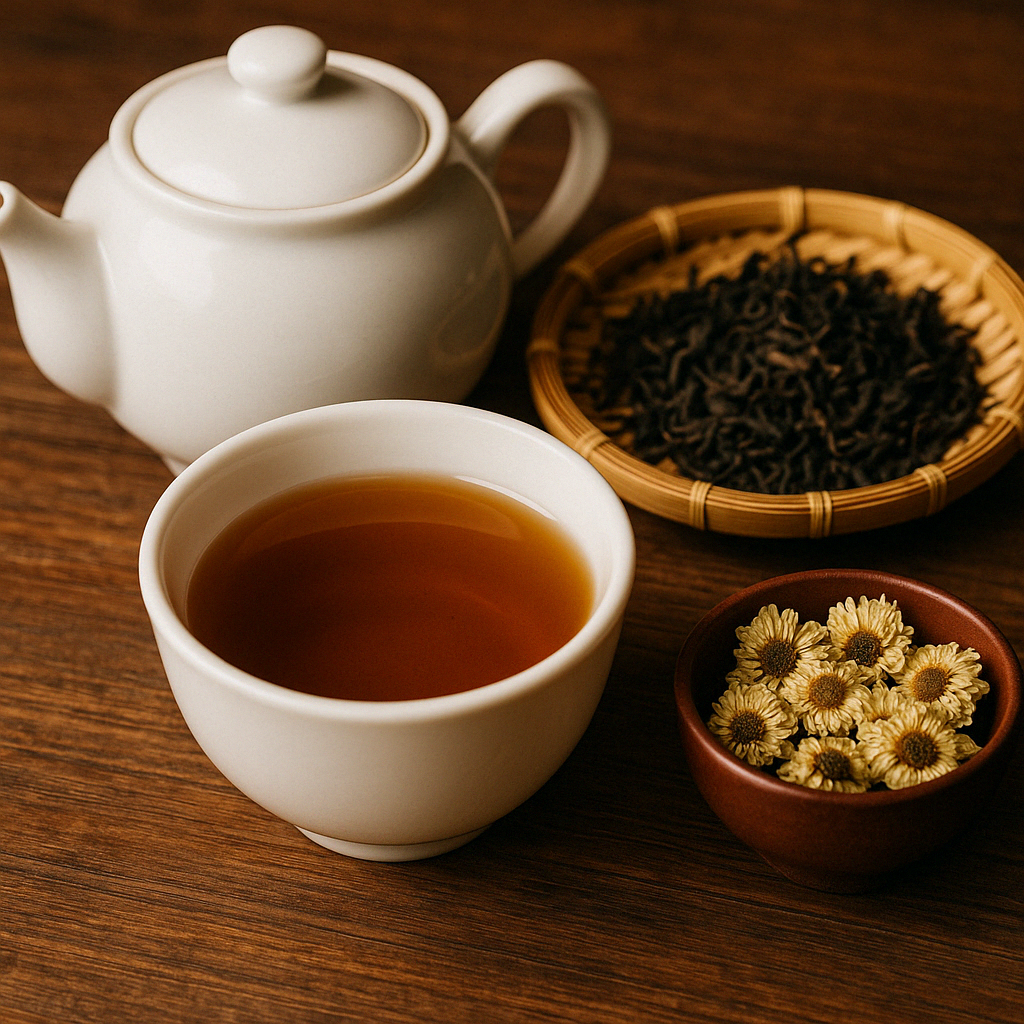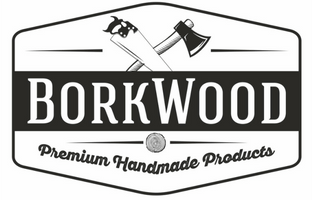What Is the Tea Used in Chinese Restaurants?
what is the tea used in chinese restaurants do not just serve food-they serve culture warmth and tradition in every sip One of the most iconic parts of that experience is the tea served before or during meals But what is that aromatic calming drink that seems to perfectly pair with dumplings dim sum and stirfried noodles.
What Is The Tea Used In Chinese Restaurants?
Tea is not just a drink-its a gesture of hospitality Its often the first thing placed at your table long before food arrives Its warm welcoming and signals the beginning of a shared experience
In Chinese culture tea represents respect health and mindfulness Serving tea to guests shows care and consideration It also prepares your digestive system for a hearty meal-especially important when dining on rich or oily dishes

The Most Common Teas in Chinese Restaurants
Not all Chinese teas are the same Most restaurants choose teas that are
- Low in cost
- High in aroma
- Easy on the palate
- Complementary to food
Here are the most popular choices
1 Jasmine Tea
Fragrant Floral Soothing
This green tea base is infused with jasmine blossoms The result is light slightly sweet and refreshing It cuts through oily food and refreshes your senses
Fun Fact Jasmine tea is one of the most common teas served in American Chinese restaurants due to its popularity with non Chinese diners
Read also: Toastul
2 Oolong Tea
Smooth Rich Balanced
A semi oxidized tea oolong sits between green and black teas in flavor It ranges from light and floral to dark and toasty Chinese restaurants often use Tie Guan Yin Iron Goddess of Mercy a type of oolong prized for its creamy orchidlike profile
Health Highlight Oolong helps break down fats and supports digestion making it perfect for greasy dishes like Peking duck or kung pao chicken
3 Puerh Tea
Earthy Deep Fermented
Often aged for years puerh tea has a strong grounding flavor Its popular in Cantonese cuisine especially at dim sum houses Its served in small cups and brewed strong
ScienceBacked Benefits Clinical studies have shown puerh to aid cholesterol reduction and gut health through its fermentation derived microbes
4 Chrysanthemum Tea
Delicate Floral Caffeine free
A herbal tea made from dried chrysanthemum flowers Often served at more traditional Chinese banquets Its visually stunning and known for cooling properties making it great in hot weather or with spicy dishes
Is the Tea Free in Chinese Restaurants?
Yes in most cases Especially in traditional Chinese restaurants tea is complimentary Its part of the dining experience not an extra
But in modern or upscale spots you may see a small charge especially if specialty teas or refills are requested
Health Benefits of Chinese Restaurant Tea
Tea is not just flavorful-its functional Here what science says
Green teas like jasmine
Packed with catechins a type of antioxidant that help reduce inflammation and may lower cancer risk
Oolong
Shown to aid in weight management and heart health
Puerh
Unique fermentation promotes gut microbiome diversity
Herbal teas like chrysanthemum
Naturally caffeine free soothing and used in Traditional Chinese Medicine for cooling internal heat
These effects are supported by studies published in Nutrition & Metabolism Frontiers in Pharmacology and The American Journal of Clinical Nutrition
what is the tea used in chinese restaurants?
Restaurants usually use looseleaf tea not bags The tea is brewed in large metal or clay pots with hot not boiling water ensuring balanced flavors
The waitstaff may refill your pot with hot water multiple times That normal-Chinese teas are meant to be resteeped each brew revealing different notes
How to Enjoy the Tea Like a Local
Do not add sugar or milk
Chinese tea is meant to be savored plain
Hold the cup with both hands
It shows respect especially if your being served by someone older
Tap your fingers on the table
lightly after someone pours for you Its a gesture of thanks
The Cultural Importance of Tea
In Chinese culture tea is a symbol of
Respect
children serve elders
Peace
used in conflict resolution
Tradition
tea ceremonies during weddings
Balance
yinyang of taste and health
Its more than a drink-its a ritual
Expert Insight Why Tea Choice Matters
According to tea expert Dr Zhang Wei a researcher in food science at Zhejiang University
The teas chosen in Chinese restaurants are not accidental Each tea is selected for its ability to aid digestion support health and elevate the dining experience without overpowering the food
Frequently Asked Questions
What is the most common what is the tea used in chinese restaurants?
Jasmine tea especially in American Chinese spots Its light aromatic and universally enjoyed
Is Chinese restaurant tea caffeinated?
Yes-jasmine oolong and puerh contain caffeine Chrysanthemum does not
Can I request a different type of tea?
Yes Some restaurants offer a tea menu Do not hesitate to ask
Is tea healthy to drink daily?
Absolutely According to Harvard Health Publishing drinking tea can support heart health mental clarity and weight management
Why do they refill the pot with just water?
Chinese teas can be resteeped multiple times The flavors evolve not weaken
Conclusion
The next time you sip what is the tea used in chinese restaurants pause and enjoy the ritual Your tasting centuries of wisdom crafted through culture flavor and care That humble teacup on your table is a bridge-from tradition to your taste buds from health to hospitality
